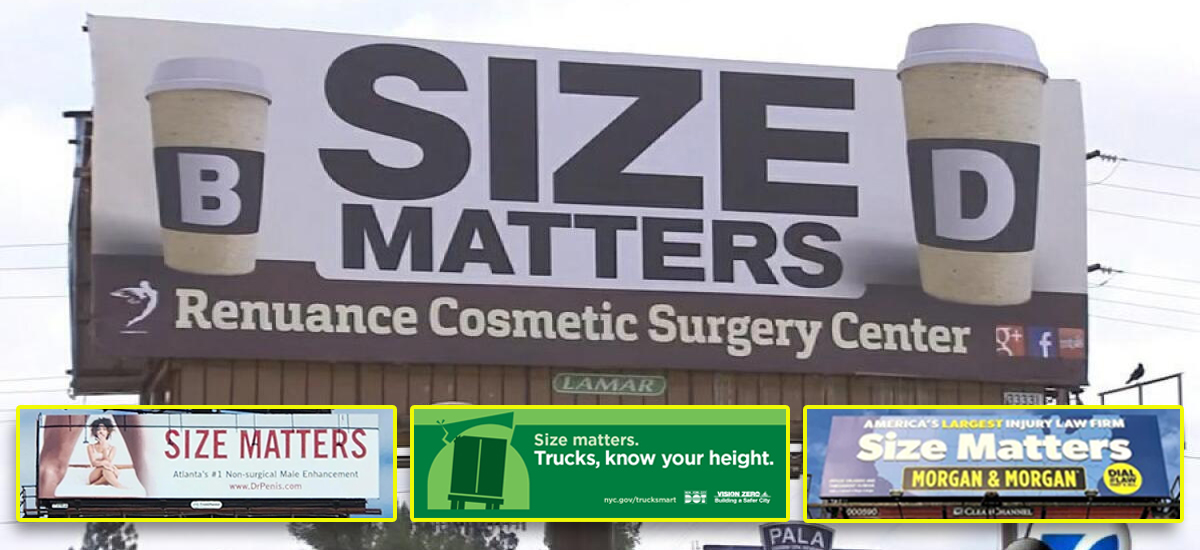Governor Andrew Cuomo focused heavily on jobs and the economy in his 2012 State of the State address this afternoon. He also devoted a few minutes to his infrastructure initiatives. Yet, despite serving as chief executive of the state where residents depend the most on transit service and transit infrastructure for access to jobs, Cuomo spent about as much time discussing the MTA as the 1953 Corvette.

"We have a great opportunity to rebuild New York," Cuomo said, introducing his infrastructure agenda by citing the state's inventory of deficient roads and bridges. "We have much work to do and we need a new approach to get it done."
Was he talking about a new smart-growth program to rein in the costs of sprawl? Maybe a new initiative to invest in the MTA's capital program? Far from it. The "new approach" centers around public-private partnerships (P3s) to finance infrastructure projects.
The first project Cuomo mentioned was the new Tappan Zee Bridge, which his administration plans to build without a transit option. Referring to the lengthy public process that produced plans for a bridge with transit, Cuomo said, "Fifteen years of planning and talking and commiserating is too long. It’s time to build, to act, to perform." More of the same from the first winner of Streetsblog's Mr. Magoo Award for shortsightedness.
Streetsblog will be looking into the specifics of Cuomo's infrastructure proposals in the days ahead. For now, the outline Cuomo gave in today's speech includes a few red flags worth noting:
- A big part of his infrastructure agenda is to "master plan" all of the state’s major construction using a new body composed of "private sector experts and leaders of the legislature." This entity would coordinate capital investment between multiple agencies, including the MTA, the state DOT, and the Port Authority. It's hard to see how merging the MTA capital program with other vast agencies, which are also starved for funds, can work to the advantage of transit riders or the MTA. The fact that politicians will have a direct hand in the coordination is not reassuring.
- Speaking of the private sector, Cuomo wants to attract 20 private sector dollars for every dollar of public investment in infrastructure. As Streetsblog's Noah Kazis has reported, the money to pay back those investors still has to come from somewhere. The question is where.
- Cuomo played up an enormous mega-project -- the $4 billion redevelopment of the Aqueduct Racetrack into the nation's largest convention center -- as a signature job creation initiative. The Aqueduct, located in Ozone Park, Queens, is just barely served by the subway system. On the flipside, one of the lone acknowledgments of urbanism came when Cuomo said the Javits Center site on Manhattan's West Side would be redeveloped "along the Battery Park City model." It wasn't the most current reference, but the governor at least seemed to acknowledge that the new district should have a mix of uses.
The biggest red flag was probably what Cuomo left unsaid. He never mentioned the hole in the MTA budget he opened up by cutting $320 million in annual dedicated transit taxes. Cuomo has pledged to plug the gap, but never explained how. Today he shed no light on the situation, nor did he acknowledge that the state needs to maintain transit service to keep New York's economy going.
Update: Initial reactions from advocates are coming in...
I emailed Gene Russianoff of the Straphangers Campaign for his take on Cuomo's plan to coordinate capital investment among different agencies. He said a limited arrangement could be beneficial. "The devil's in the details," he wrote. "The big agencies already have a good deal of capital construction expertise. But sharing knowledge and experience couldn't hurt."
In a statement, Transportation Alternatives' Paul Steely White said Cuomo ignored the links between transit investment, job creation, and access to employment:
While the Governor is right to call for greater investment in infrastructure, Albany cannot continue to give short shrift to funding transit across our state. Public transit projects create a jobs dividend that stretches from the five-boroughs to Upstate New York. From manufacturing jobs in the North Country to construction jobs in the metropolitan area, fully funding public transit not only helps get millions of people to work every day, it creates good-paying jobs for New Yorkers.





